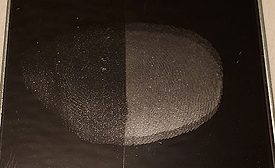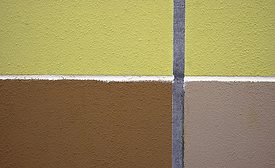Home » nanotechnology
Articles Tagged with ''nanotechnology''
UV-Vis-Resistant Acrylic Latexes for Wood Coating Applications
by Encapsulation of Inorganic NPs Using Mini-Emulsion Polymerization
Read More
Novel Nano-Dispersion for Sealers and Primers
Provides Excellent Penetration, Protection and Adhesion Promotion
Read More
Keep the info flowing with our eNewsletters!
Get the latest industry updates tailored your way.
JOIN TODAY!Copyright ©2025. All Rights Reserved BNP Media.
Design, CMS, Hosting & Web Development :: ePublishing










